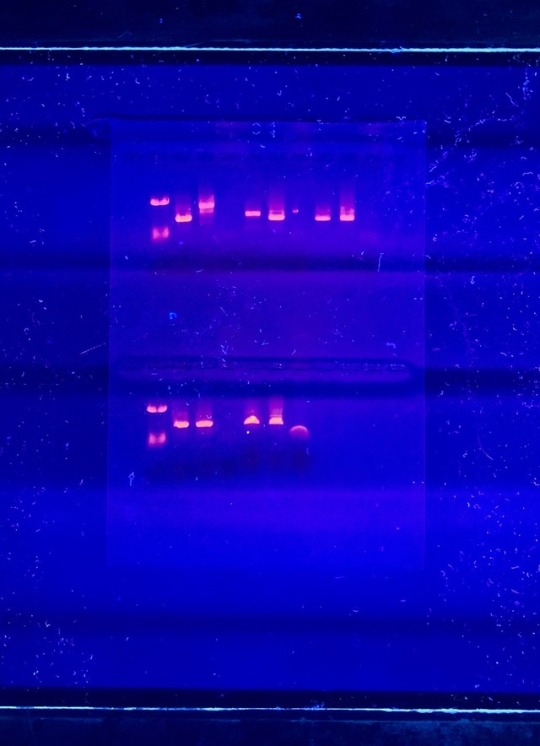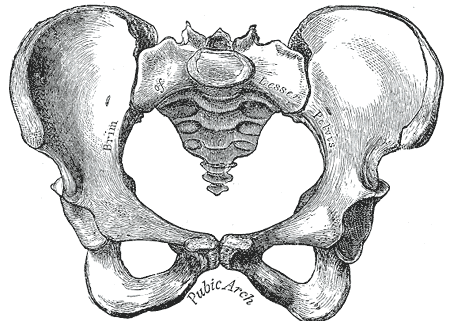Gel ElectrophoresisHere is a photograph of my current classmates and I DNA before undergoing gel electrophoresis.The DNA was loaded into the wells (tiny rectangles) with pipettes. When the gel is electrically charged, the DNA travels from the negative terminal (the...
Gel Electrophoresis
Here is a photograph of my current classmates and I DNA before undergoing gel electrophoresis.
The DNA was loaded into the wells (tiny rectangles) with pipettes. When the gel is electrically charged, the DNA travels from the negative terminal (the black circle at the top left) toward the positively charged anode (where the red circle is at the bottom right corner).

(Note: The three wells (green rectangles) of darkest color on the second row are mine, my DNA is on the first two, the last and third well has extra water. It is my negative response well, to test that there is no contamination. If there is any contamination it will be observed in that third well.)
Contamination refers to DNA of other things (animals, plants, etc) showing up instead of the intended DNA for which results are being analyzed.
Here is the after photo. The DNA being viewed (since it was stained) under a UV light.

(Note: Another classmate added samples in after the first photo was taken. My DNA is in the second well from the left on the second row, and my positive is to the right of that well. The blank well in the center of the second row is my negative, not much showed which means there was little to no contamination in my DNA sample).
The gel used is made of agarose, which is easy to cast, and has relatively fewer charged groups. The agarose gel is suitable for separating DNA (and macromolecules) by size as it is charged (with electricity) and it travels through the pores in the gel (See some of the wells on the second image look more elongated).
DNA fragments can easily be extracted from the gel, which is a suitable electrophoresis buffer.
What are the applications of gel electrophoresis?
It can be used to estimate the size of DNA molecules.To analyze PCR products, such as molecular genetic diagnosis, or genetic fingerprinting.To separate restricted genomic DNA.













